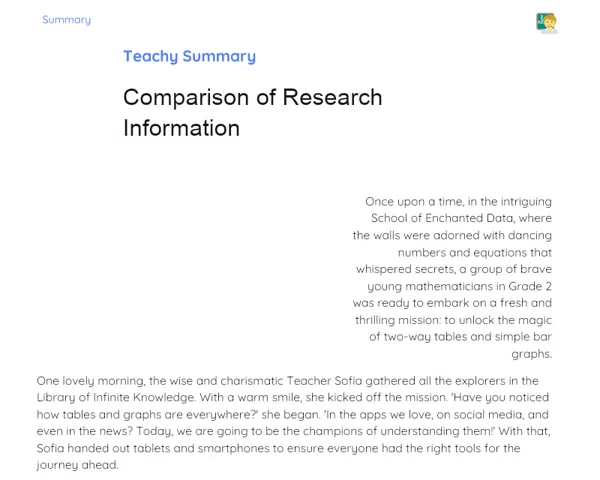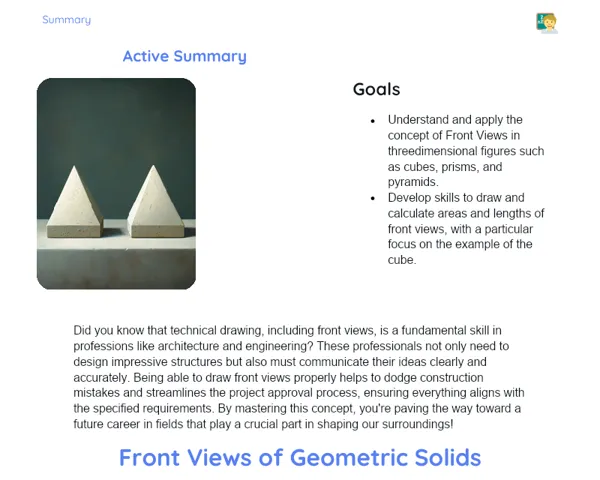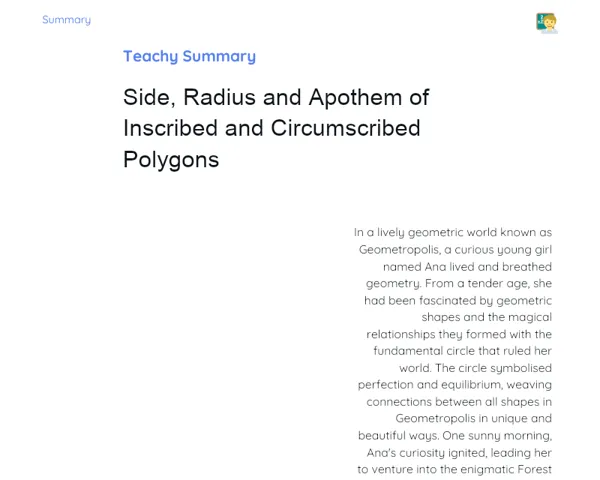Objectives
1. 🔗 Grasp and identify the inverse relationships between addition and subtraction, as well as multiplication and division.
2. 🔗 Apply these concepts to tackle everyday maths problems, enhancing your logical reasoning and calculation skills.
3. 🔗 Foster teamwork and collaboration through engaging practical activities that highlight the inverse relationships of operations.
Contextualization
Did you know that the inverse relationships of mathematical operations come into play in our daily lives? For example, when figuring out your change after a purchase or adjusting a recipe to serve more or fewer guests, you're using these concepts without even realising it! Mastering these relationships not only strengthens your maths skills, but also simplifies many everyday tasks. Let’s dive in and see how these operations connect and how they can benefit us!
Important Topics
Addition and Subtraction
Addition and subtraction are inverse operations. Addition takes two or more numbers and brings them together to create a total, while subtraction takes one number away from another. For example, adding 4 to 5 gives you 9, and subtracting 4 from 9 takes you back to 5. Understanding this relationship is key not just for solving maths problems, but for practical situations like calculating your change.
-
Addition (+): brings numbers together to form a total.
-
Subtraction (-): takes away one number from another.
-
Inverses: Addition reverses the effect of subtraction and vice versa.
Multiplication and Division
Multiplication and division are also inverse operations. While multiplication groups equal amounts to create a product, division splits a number into equal parts. For instance, when you multiply 3 by 4, you get 12, and dividing 12 by 4 returns you to 3. This relationship is crucial for understanding concepts of scale and ratios, which are vital in both scientific and economic contexts.
-
Multiplication (×): groups equal amounts to create a product.
-
Division (÷): distributes a number into equal parts.
-
Inverses: Multiplication reverses the effect of division and vice versa.
Practical Application of Inverse Relationships
Understanding and applying inverse operations is essential for solving everyday challenges. For example, when budgeting for a gathering, you can use addition to total your costs, subtraction to adjust your expenses, and division to share costs equally among guests. These skills not only improve your maths knowledge, but also enhance critical thinking and decision-making abilities.
-
Real-world usage: figuring out change, adjusting recipes, etc.
-
Encourages critical thinking: assessing scenarios and applying the right operation.
-
Enhances decision-making skills: selecting the most appropriate operation for a given context.
Key Terms
-
Addition (+): Adding numbers together to form a total.
-
Subtraction (-): Taking one number away from another.
-
Multiplication (×): Grouping equal amounts together to create a product.
-
Division (÷): Splitting a number into equal parts.
-
Inverses: Operations that reverse the effect of one another, such as addition and subtraction, multiplication and division.
For Reflection
-
How can you apply the concept of inverse operations to a maths problem that seemed tricky at first?
-
Consider two scenarios from your daily routine where you've used inverse operations without realising it. How did this help you with your tasks?
-
Why is it important to grasp inverse operations for both maths and everyday life?
Important Conclusions
-
Today, we explored the inverse relationships of mathematical operations, recognising how addition and subtraction, multiplication and division work in tandem. These concepts are not merely academic; they play a significant role in everyday tasks, such as calculating change or splitting costs.
-
We discovered how crucial it is to apply these operations correctly to solve challenges efficiently, enhancing our logical thinking and decision-making skills.
-
We acknowledged that mastering these relationships is not only about passing tests but also about making daily tasks more manageable and equipping us to tackle various challenges in life.
To Exercise Knowledge
Create an operations diary: Over a week, jot down all the instances where you employed addition, subtraction, multiplication, and division. Try to identify where you used inverse operations without being aware. Discuss these instances with a friend or family member at the end of the week and talk about how inverse operations aided you in solving problems or making decisions.
Challenge
Supermarket Challenge: Picture yourself organising a party for 12 friends on a tight budget. Compile a shopping list with made-up prices and compute the total cost. Use inverse relationships to adjust your list while keeping within budget. Share your plan and the inverse operations you applied with a family member, explaining your choices and calculations.
Study Tips
-
Regularly practice exercises involving addition, subtraction, multiplication, and division to reinforce your understanding of inverse operations. Online educational resources and maths apps can be incredibly helpful.
-
Create flashcards with maths problems that involve inverse operations. Regular review of these cards will enhance your understanding and speed in calculations.
-
Try teaching a friend or family member about inverse operations. Teaching is an excellent way to learn, as you must organise and explain the content in a manner that makes sense to someone else.



